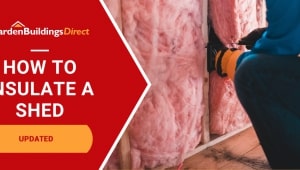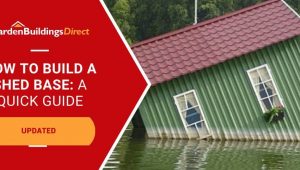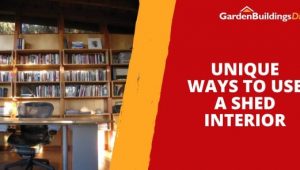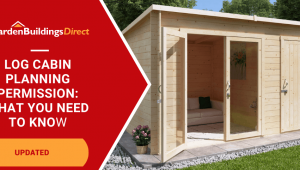Jump to:
‘Greenhouse’ is probably one of the most commonly used, if not well-known, terms in the gardening community. There’s more to it than just a structure for growing plants, though. Here are the greenhouse basics you need to know.
What Is a Greenhouse?
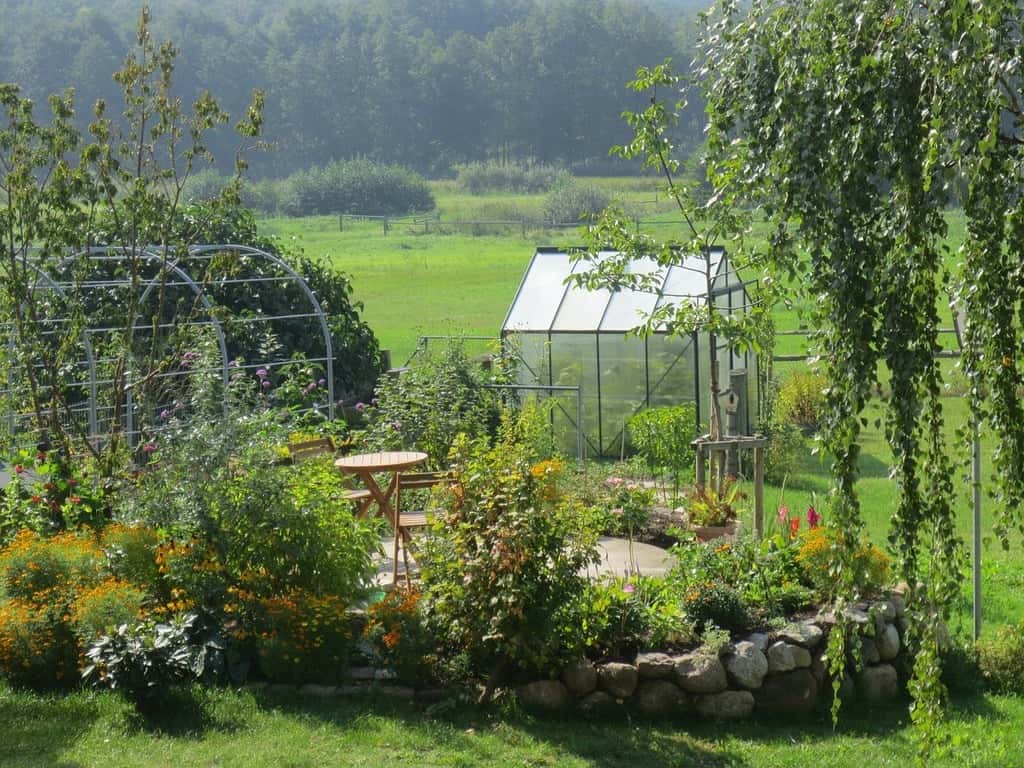
A greenhouse is an enclosed space of any size with walls and a roof made from transparent materials extending from floor to ceiling. Most greenhouse walls and roofs are made of glass or plastic, which creates openings for sunlight to heat and illuminate the inside space.
What does a greenhouse do?
The controlled enclosure generates stronger and more regulated conditions than outdoor conditions, which enables plant growth during all weather conditions. This allows a greenhouse to support year-round plant cultivation and protection.
How Does a Greenhouse Work?
As mentioned, a greenhouse is constructed using glass or plastic supported by a wood or metal framework for support. This enables all sides to collect sunlight, which gets trapped inside before producing heat. This, in turn, helps sustain inside temperature stability, allowing for optimal plant growth.
Beyond temperature control, the enclosed design of a greenhouse also doubles as protection from harsh weather conditions (wind, hail, and snow) and pests (from bugs to wildlife). Many gardeners take advantage of this, especially during seasons when pests are most active.
The effectiveness of a greenhouse also depends on the materials used. Tempered glass and polycarbonate panels are popular options in terms of durability, insulation, and weather resistance.
Tempered glass is stronger than regular glass, resists impact, and is less likely to shatter. Meanwhile, polycarbonate panels are lightweight, impact-resistant, and provide good insulation. Twin-wall or multi-wall polycarbonate is even stronger and helps diffuse sunlight across the surface. Consider these features when narrowing down your options to ensure you invest in the right product.
What Is a Greenhouse Made Of?
A greenhouse is made of a framework and panels. The framework is either wood or metal (such as aluminium or galvanised steel), which determines the type of greenhouse.
So, if the frame is wood, it’s a wooden greenhouse; if it’s metal, it’s a metal greenhouse. The panels (as mentioned above), which cover the entire structure, are made of glass or plastic. Whether it’s a wood or metal unit, it can have either panel type, depending on the model and manufacturer.
The easiest way to tell the difference is by looking at the frame, don’t you think? Take our BillyOh greenhouses below, for instance.
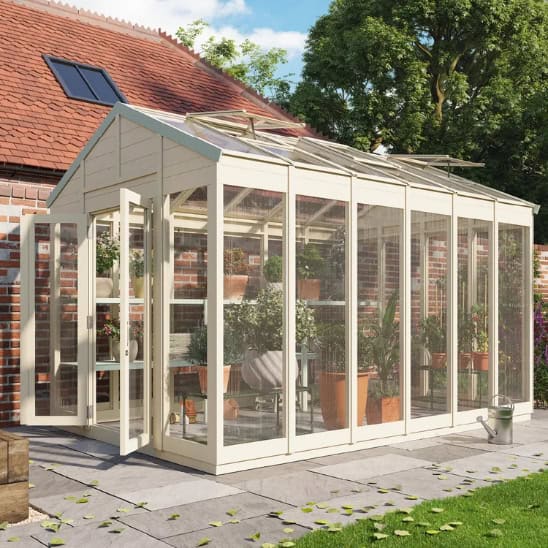
The BillyOh Switch Pressure Treated Apex Wooden Greenhouse comes with pressure treatment—a treatment only available for wood—along with tall floor-to-ceiling windows and polycarbonate roof glazing.
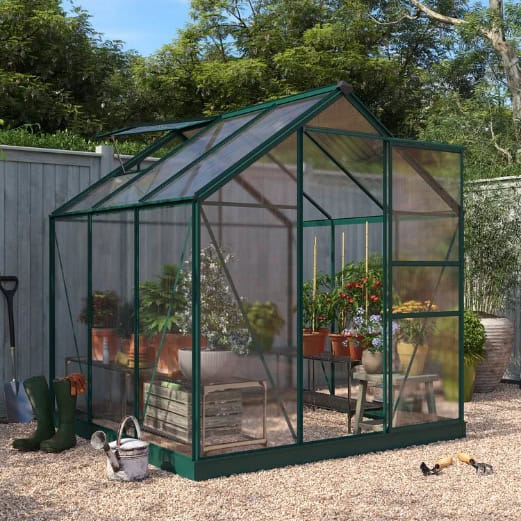
In contrast, the BillyOh Rosette Hobby Aluminium Polycarbonate Greenhouse, as the name suggests, features polycarbonate wall panels with an aluminium frame.
If you’re weighing up your options, our guide ‘Wood vs Metal Greenhouse – Which is Better for Planting?’ can help.
Thinking of getting one? Check out Garden Buildings Direct for greenhouses for sale. If you’ve got the space, a potting shed could be a great addition, too.
Discover more greenhouse shopping and maintenance advice in our guide to greenhouses.
